-

Phenylglycine CAS:2935-35-5 Manufacturer Supplier
Phenylglycine is an amide that belongs to the group of pyridoxal phosphate analogues. It has been shown to be a response element for enzymes and natural compounds in Escherichia coli and Saccharomyces cerevisiae. It inhibits aminotransferase activity, dopamine synthesis, and microbial metabolism in these organisms. This compound also has a structural analysis that includes x-ray diffraction data, which can be used to identify its three-dimensional structure.
-

NSP-SA-NHS CAS:199293-83-9 Manufacturer Price
NSP-SA-NHS is a compound consisting of N-succinimidyl-6-(3′-pyridyldithio)hexanoate (NSP) and N-hydroxysuccinimide (NHS). It is commonly used as a crosslinking agent in bioconjugation reactions, specifically for coupling peptides, proteins, or other amine-containing molecules to surfaces or other molecules. The NSP moiety enables the formation of a stable thioester bond with the target molecule, while the NHS moiety allows for subsequent reaction with primary amines. NSP-SA-NHS is widely employed in various research and biomedical applications, including the preparation of immunoassays, antibody labeling, protein-protein interactions studies, and protein immobilization.
-

D-Glucose-6-phosphate disodium salt dihydrate CAS:3671-99-6
D-Glucose-6-phosphate disodium salt is a compound that consists of a glucose molecule phosphorylated at the sixth carbon position. It is in the form of a disodium salt, meaning it has two sodium ions associated with it.Glucose-6-phosphate is an important intermediate in various metabolic pathways, particularly in carbohydrate metabolism. It serves as a crucial molecule in processes such as glycolysis, glycogen synthesis, and the pentose phosphate pathway.Being a phosphorylated form of glucose, glucose-6-phosphate has a different structure and properties compared to regular glucose. It plays a significant role in regulating glucose metabolism and controlling energy production within cells.In research and biochemical applications, D-glucose-6-phosphate disodium salt is commonly used as a substrate or reagent in enzymatic assays and studies. It can be utilized to investigate glucose metabolism, enzyme kinetics, and metabolic disorders, among other applications.
-
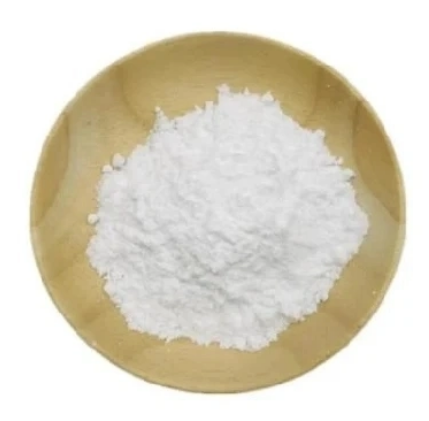
Sodium Glycocholate CAS:863-57-0
Sodium glycocholate is a bile salt compound that aids in the digestion and absorption of dietary fats. It is synthesized from glycine and cholic acid and plays a crucial role in breaking down fats into smaller droplets, increasing their surface area for efficient digestion. Sodium glycocholate is highly soluble in water and is used in pharmaceutical formulations to enhance the solubility and bioavailability of poorly soluble drugs. Additionally, it is used in research and laboratory settings to support the growth of certain bacteria and cell types.
-
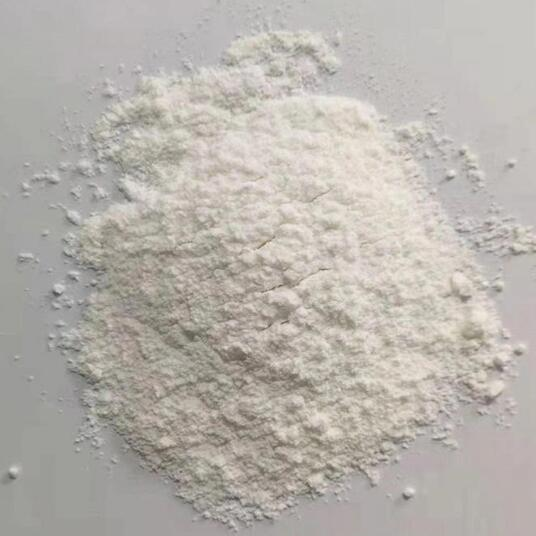
1,8-diazafluoren-9-one CAS:54078-29-4
1,8-Diazafluoran-9-one is an organic compound that belongs to the diazafluoranone family. It is characterized by a fused ring structure containing two nitrogen atoms and a ketone group. This compound has potential applications in various fields, including organic synthesis, medicinal chemistry, and material sciences. Its precise uses and properties may vary depending on the specific context and application.
-
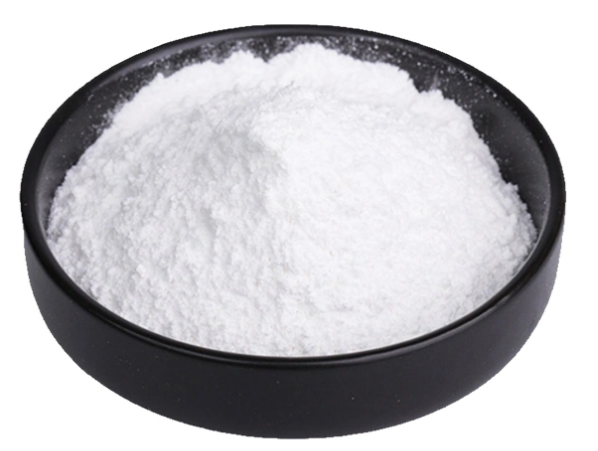
3-(N-tosyl-L-alanyloxy)indole CAS:75062-54-3
3-(N-tosyl-L-alanyloxy)indole is a chemical compound with the molecular formula C20H20N2O4S. It is commonly used as a building block or intermediate in organic synthesis. The compound features an indole ring system, which is a common motif in a variety of biologically active molecules. 3-(N-tosyl-L-alanyloxy)indole is often used in the synthesis of pharmaceuticals, agrochemicals, and other organic compounds.
-

XD90152 DA-67 CAS:115871-18-6 Manufacturer Price
DA-67 is a chemical compound commonly used in biochemical research and enzyme activity assays. It is cleaved by certain enzymes, releasing a molecule called 2-chloro-4-nitrophenol, which can be easily detected and quantified using spectrophotometric methods. The compound finds applications in high-throughput screening for drug discovery, glycobiology studies, and investigating glycosylation processes. It is a valuable tool for studying enzyme kinetics, substrate specificity, and mechanisms of action in carbohydrate metabolism.
.
-
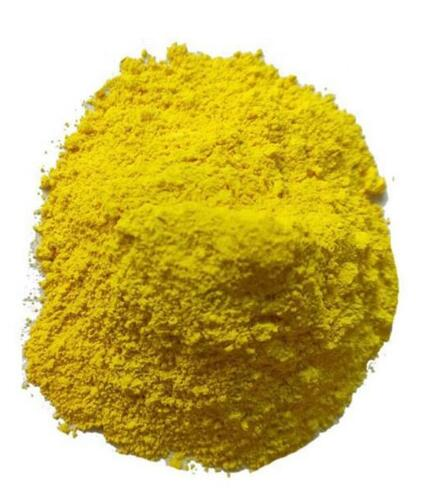
4-Aminoantipyrine CAS:83-07-8
4-Aminoantipyrine, also known as aminoantipyrine or aminopyrine, is a synthetic organic compound. It is commonly used as a reagent in analytical chemistry and pharmaceutical industry. Its chemical structure consists of an aromatic ring with an amino group (NH2) and a pyrazolone group, making it a versatile compound for various applications.
In analytical chemistry, 4-Aminoantipyrine is widely used as a chromogenic reagent in colorimetric assays. It reacts with certain substances, such as phenols and peroxides, to form colored complexes that can be measured spectrophotometrically. This property makes it useful in various assays, including the determination of enzymes like peroxidase, glucose, and amylase.
In the pharmaceutical industry, 4-Aminoantipyrine has been used historically as an analgesic and antipyretic drug .
-

ABTS (2,2′-Azino-bis(3-ethylbenzthiazoline-6-sulfonic acid) diammonium salt) CAS:30931-67-0
Diammonium 2,2′-azino-bis(3-ethylbenzothiazoline-6-sulfonate), often referred to as ABTS, is a commonly used chromogenic substrate in biochemical assays, particularly in the field of enzymology. It is a synthetic compound that is used to measure the activity of various enzymes, including peroxidases and oxidases.
ABTS is colorless in its oxidized form but turns blue-green when oxidized by an enzyme in the presence of hydrogen peroxide or molecular oxygen. This color change is due to the formation of a radical cation, which absorbs light in the visible spectrum.
The reaction between ABTS and the enzyme produces a colored product that can be measured spectrophotometrically. The intensity of the color is directly proportional to the enzymatic activity, allowing researchers to quantitatively evaluate enzyme kinetics, enzyme inhibition, or enzyme-substrate interactions.
ABTS has a broad range of applications in various fields, including clinical diagnostics, pharmaceutical research, and food science. It is highly sensitive and offers a wide dynamic range, making it a popular choice for many biochemical assays.
-

ABEI CAS:66612-29-1 Manufacturer Price
N-(4-Aminobutyl)-N-ethylisoluminol, also known as ABEI, is a luminescent compound often used as a chemiluminescent probe in bioanalytical applications. It belongs to the class of isoluminol derivatives and is widely used in immunoassays and DNA/RNA detection techniques.
.
-

Creatine phosphate disodium salt CAS:922-32-7
Creatine phosphate disodium salt is a compound that consists of creatine, a naturally occurring amino acid derivative, bound to phosphate groups and sodium ions. It plays a crucial role in providing energy for muscle contraction and is commonly used as a dietary supplement by athletes and bodybuilders.
When consumed, creatine phosphate disodium salt is converted into creatine phosphate in the body, which is then stored in the muscles. During high-intensity activities, such as weightlifting or sprinting, creatine phosphate acts as a readily available source of high-energy phosphate bonds, allowing for the rapid replenishment of adenosine triphosphate (ATP).
ATP is the primary energy molecule used by muscles, and its levels decrease rapidly during intense exercise. By supplementing with creatine phosphate, athletes can increase the availability of ATP, leading to improved muscle performance, increased power, and reduced fatigue.
Additionally, creatine phosphate disodium salt may have other potential benefits, including increased muscle mass, enhanced recovery, and improved cognitive function. It is typically taken orally in powder or tablet form, either as a standalone supplement or as part of a pre-workout or post-workout supplement regimen.
-
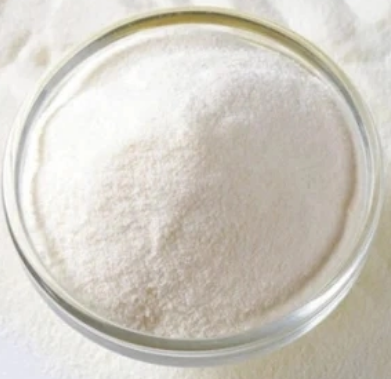
PUROMYCIN DIHYDROCHLORIDE CAS:58-58-2
Puromycin dihydrochloride is a compound commonly used in molecular biology and cell culture studies. It is an antibiotic that inhibits protein synthesis by prematurely terminating the translation process. Puromycin dihydrochloride is often employed as a selection marker in genetic engineering experiments, allowing for the identification and isolation of cells that have successfully incorporated a desired gene or genetic modification.

